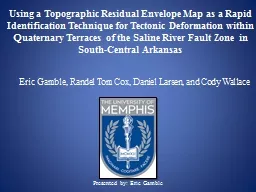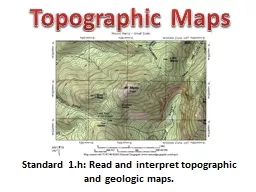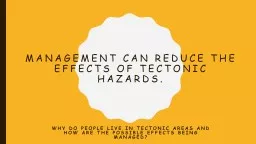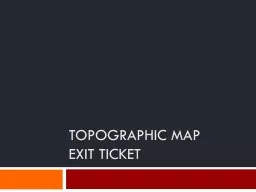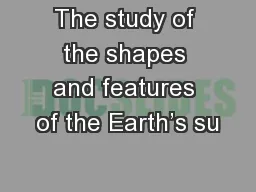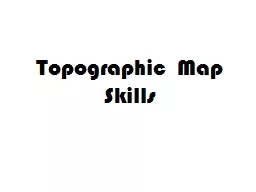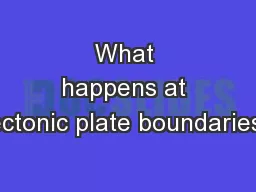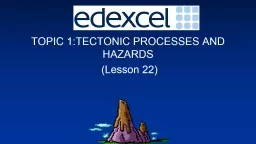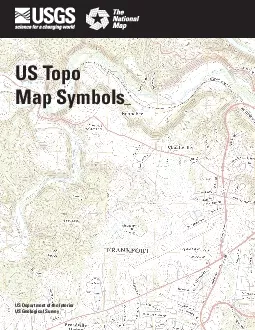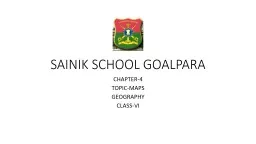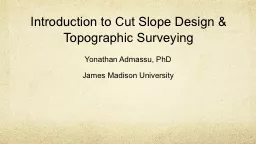PPT-Using a Topographic Residual Envelope Map as a Rapid Identification Technique for Tectonic
Author : min-jolicoeur | Published Date : 2018-10-28
Presented by Eric Gamble Eric Gamble Randel Tom Cox Daniel Larsen and Cody Wallace Presentation Goals and Background Previous Research Methods Discussion Summary
Presentation Embed Code
Download Presentation
Download Presentation The PPT/PDF document "Using a Topographic Residual Envelope Ma..." is the property of its rightful owner. Permission is granted to download and print the materials on this website for personal, non-commercial use only, and to display it on your personal computer provided you do not modify the materials and that you retain all copyright notices contained in the materials. By downloading content from our website, you accept the terms of this agreement.
Using a Topographic Residual Envelope Map as a Rapid Identification Technique for Tectonic: Transcript
Download Rules Of Document
"Using a Topographic Residual Envelope Map as a Rapid Identification Technique for Tectonic"The content belongs to its owner. You may download and print it for personal use, without modification, and keep all copyright notices. By downloading, you agree to these terms.
Related Documents

